Burundi has just celebrated the 17th anniversary of the signing of the Arusha Agreement. In a crisis context, this compromised peace process could be used.
Written by Agnes Ndirubusa and translated by Pierre Emmanuel Ngendakumana
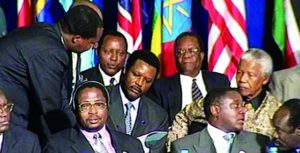
Stakeholders signed the Arusha Peace and Reconciliation Agreement on 28 August 2000 in Arusha, Tanzania.
This anniversary coincides with another dialogue which is being held in Arusha by stakeholders in the Burundian conflict. A kind of remake that disappoints those who believed that the Arusha Accord had saved Burundi. It must be said that the negotiations resulted in a consensus. The international community and the sub-region had supported this process. Important personalities such as Julius Nyerere and Nobel Peace Prize winner Nelson Mandela were mediators.
It was necessary to put an end to the war, face up to the ethnic divisions that had cast tragic shadow to Burundi.
That is how the protagonists came to a compromise to help the country move forward. They eventually reached the signing of the Arusha Agreement for Peace and Reconciliation. One of its achievements is the sharing of power among all Burundian ethnic groups.
15 years after a certain political stability, Burundi tragic history repeated in 2015. The crisis broke out with the announcement of the candidacy of President Pierre Nkurunziza to stand as a presidential candidate in the election.
The opposition and the civil society judged his candidacy as “illegal” and “illegitimate. To prove it, they referred to the Arusha Peace Agreement. One of its clauses stipulates that the president is entitled to “only two terms”. The ruling party also used the Constitution to object to the allegations of the opposition. For Cndd-Fdd, the first term of Pierre Nkurunziza was not made by direct universal suffrage. The failed coup d’état of 13 May 2015 worsened the situation. Several people were killed, thousands more forced into exile.
Two years later, the Arusha dialogue that started in 2016 seems deadlocked. Mediation and facilitation are provided by Ugandan President Museveni and former Tanzanian President Mkapa. The least that can be said is that they have difficulty putting the parties in conflict on the same table, like their counterpart Julius Nyerere, a few years ago.
>>Reactions
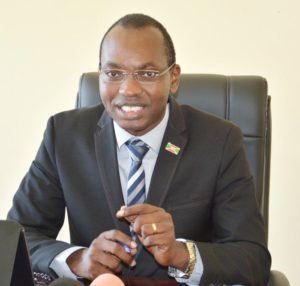 Presidential office: “This agreement contains an aberration”
Presidential office: “This agreement contains an aberration”
The Senior Advisor to the President recognizes the legal status of the Arusha Peace Agreement as an ordinary law. For Willy Nyamitwe, some clauses of this agreement belong to a bygone era. “We cannot build our country on ethnic and divisive bases between Hutu and Tutsi. Those who were in Arusha did not represent all Hutus and Tutsis. “He also says these bases were distorted from the start because the Hutu and Tutsi concepts were attributed to us by colonists. Ambassador Willy Nyamitwe says that the Arusha Peace Agreement has helped to find a temporary solution.
“Nevertheless, it must be recognized that this agreement contains a certain aberration.”
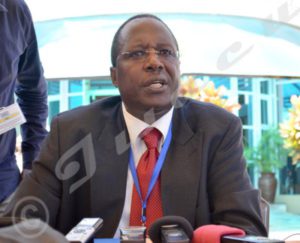 Cnared supports the respect of the spirit and the letter of the Agreement
Cnared supports the respect of the spirit and the letter of the Agreement
For the head of the opposition coalition in exile, no lasting solution to the Burundi crisis can be envisaged if the spirit and letter of the Arusha Agreement are not considered. He insists on inclusive and unconditional negotiations.
Charles Nditije deplores the will of Bujumbura to amend the Constitution. “This constitutes a red line and declaration of war to the Burundian people and will give a final and fatal halt to the negotiation process.”
The Coalition therefore calls on the Heads of State of the sub-region and the international community to dissuade the government from continuing the project. “If this is not the case, sanctions including an economic and arms embargo could be imposed against Bujumbura.”
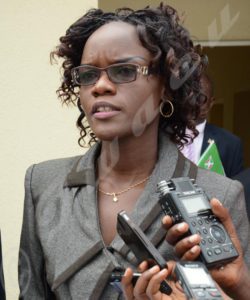 Cndd-Fdd: “The Arusha Agreement does not supplant the Constitution”
Cndd-Fdd: “The Arusha Agreement does not supplant the Constitution”
The National Information and Communication Secretary for the ruling party says the Arusha Agreement is useful like other agreements such as the Charter of National Unity or the Comprehensive Agreement on the ceasefire between Cndd-Fdd and the government in 2003. Ninette Mutoni concludes saying that the Arusha Agreement is important as an agreement but cannot supplant the fundamental law which is the Constitution.
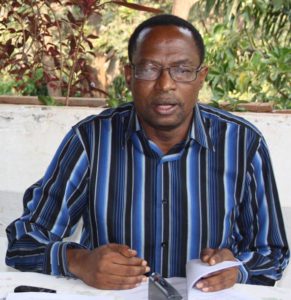 Léonard Nyangoma: “The spirit of the accord is more important than the text.”
Léonard Nyangoma: “The spirit of the accord is more important than the text.”
The chairman of Cndd party says the most important thing to remember from Arusha is its spirit rather than the text, which also has shortcomings. According to Léonard Nyangoma, reckless individuals settled down after some discussions.
“We felt the need for more compromise”. He is optimistic about the current crisis. “I believe in the genius of my people”. Nevertheless, Léonard Nyangoma says the regime would come to negotiations after strong internal and external pressure. “Or a general insurrection will overthrow it because people have the last word and are invincible “.
Light on the genesis of the Arusha Agreement process
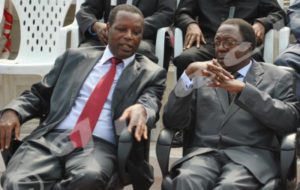 The peace process in Arusha did not happen overnight. It was the result of several internal and international initiatives .Overview
The peace process in Arusha did not happen overnight. It was the result of several internal and international initiatives .Overview
• October 1993, assassination of President Ndadaye. The country plunged into a serious socio-political crisis.
• September 1994, the Convention of Government was signed. It included the pledge to organize a “National Debate” on the major problems the country was faced with. Its realization has not progressed further.
• On 25 June 1996, the Heads of State of the sub-region organized a summit in Tanzania. President Sylvestre Ntibantunganya asked them to assist Burundi by sending an international force to Burundi. He said that once this was done, comprehensive and inclusive negotiations would start and would even include armed political movements which were Cndd, the current Cndd-Fdd and Palipehutu Fnl.
• 1995, the Community of Sant ‘Egidio was called on for reinforcement by Sylvestre Ntibantunganya. Sant ‘Egidio began contact with Burundian politico-military protagonists.
• On July 25, 1996, a coup led to Major Pierre Buyoya’s return to power. He began secretly negotiations with Cndd-Fdd through this community.
• 8 June 1998, signing of the Indonesia Peace Partnership. The crisis is in full swing. The executive that resulted from the coup d’état had difficulty in governing with the majority of parliamentarians from Frodebu party.
Together, they decided to enter into negotiations. The Inner Partnership for Peace was being built. To ease the process, the victim of the coup, Sylvestre Ntibantunganya participated in the investiture of Pierre Buyoya.
• At the end of June 1998, the Arusha process began, two weeks after the Internal Partnership for Peace.
Analysis of the Arusha Agreement
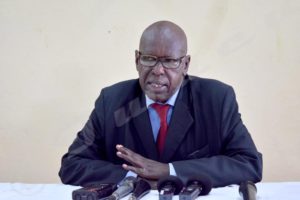 Ambassador Cyprien Mbonimpa participated in the Arusha Agreement negotiations as a spokesperson for the government delegation on peace and security issues. He speaks of the difficult signing of the agreement in 2000, which is the result of a long process. The compromises made it possible to stop the civil war and establish democratically elected institutions in 2005. “The Arusha Agreement is a heritage of the Burundian people. “However, he acknowledges that like any human work, the agreement certainly contains some points that should be updated. “It is a political agreement, that is to say, dynamic. There may be differences of interpretation as it happened in 2015.” These divergent interpretations could have found solutions if the partners had found it worth discussing them.
Ambassador Cyprien Mbonimpa participated in the Arusha Agreement negotiations as a spokesperson for the government delegation on peace and security issues. He speaks of the difficult signing of the agreement in 2000, which is the result of a long process. The compromises made it possible to stop the civil war and establish democratically elected institutions in 2005. “The Arusha Agreement is a heritage of the Burundian people. “However, he acknowledges that like any human work, the agreement certainly contains some points that should be updated. “It is a political agreement, that is to say, dynamic. There may be differences of interpretation as it happened in 2015.” These divergent interpretations could have found solutions if the partners had found it worth discussing them.
The sponsors of the Agreement, namely the United Nations, the African Union, the European Union, the countries of the region grouped today within the EAC, must help Burundians engage in a sincere dialogue. “Let us hope that the mediation of former President Mkapa and the new UN Special Representative will lead to real dialogue between Burundians. This is the only way to save the Arusha Agreement.”
For this diplomat, it would not be about negotiating a new agreement but agreeing on the best application of the Arusha Agreement and what should be improved or updated taking into account the developments in the Arusha Agreement situation since 2000.

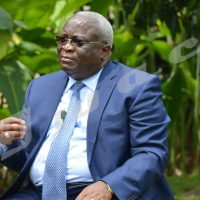

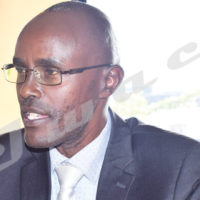
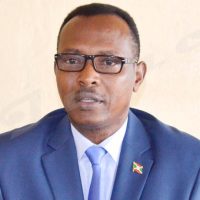
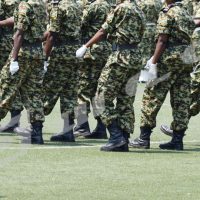













 IWACU Open Data
IWACU Open Data

